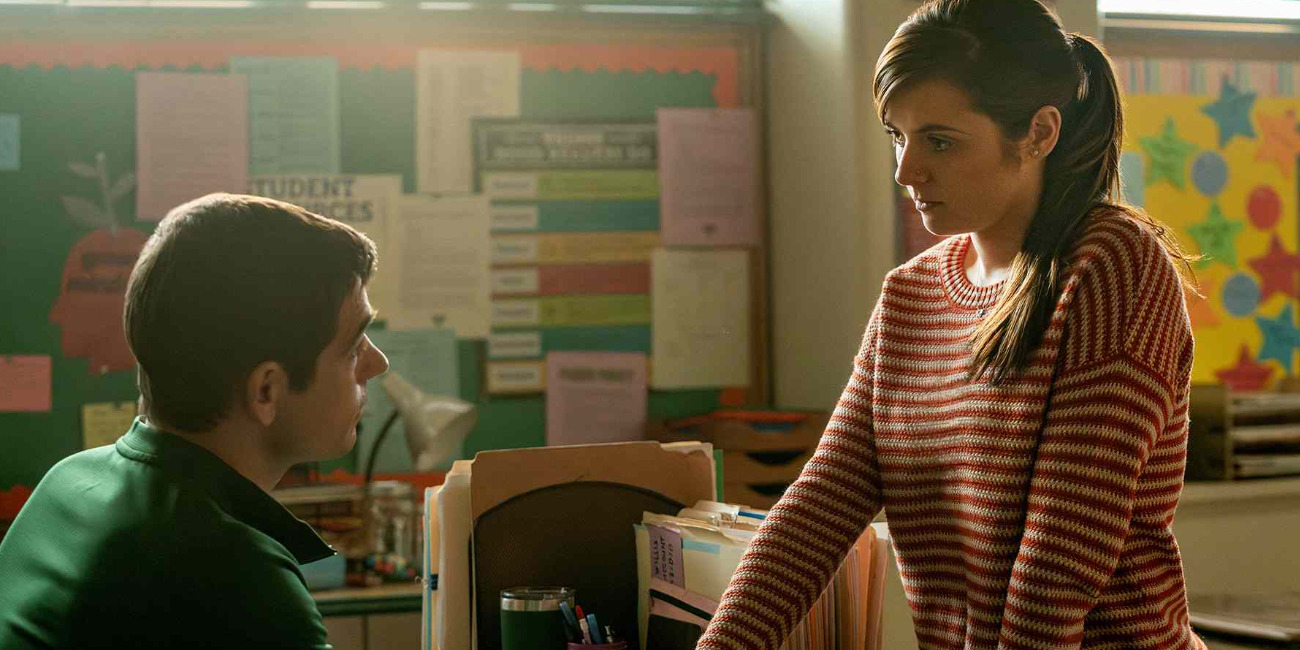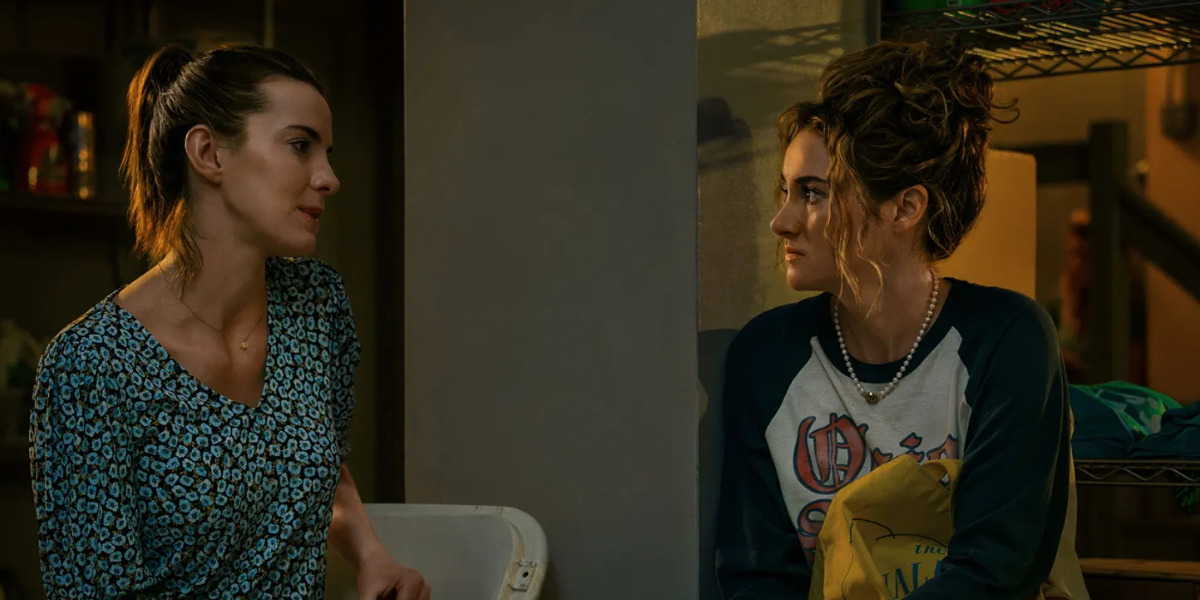Lisa Taddeo’s ‘Three Women,’ a drama show that dives into the complicated lives of three different women as pursued by one author, brings distinctly personal yet universally relatable stories to life. After hitting writer’s block in her work, Gia Lombardi decides to get in a van and take a trip across the country. In doing so, she comes across different women whose varied experiences rope her in both as a writer and an audience. Among these women is Lina, stuck in a loveless, touchless marriage who finds tendrils of excitement in a rekindled, illicit flame.
The other two women include Sloane, who is treading the unknown waters of an open relationship, and Maggie, a young woman who faces her traumatic past by confronting the high school teacher she had an affair with as a student. Connected by the unifying thread of sex, power, and autonomy, these stories come together under Gia’s scrutiny, allowing nuanced experiences to exist without the veil of judgment. Given the authentic nature of these stories, as well as their profound intricacy in details, the origin behind these women and their tales naturally comes under question.
Three Women is an Adaptation of Lisa Taddeo’s Book Inspired by Reality
‘Three Women’ sports firm roots in real life as a near-biographical account of different true stories. The show is an adaption of creator Lisa Taddeo’s 2019 eponymous bestseller novel, in which the author used years of interviews and research into the lives of three women to pen one singularly bound work. The book presents a bold depiction of complex female desire, expression, and sexuality, farming its compelling authenticity straight from the actual lived experiences of real women. Taddeo began working on the book after taking a few trips across the country in search of people who had riveting stories and were willing to let her write about them.

The process remained long and grueling—including several cross-country moves, a few candidates who backed out, and eight total years of immersion into her subject’s lives and experiences. Thus, as it stands, Lisa, Maggie, and Sloane are all counterparts of real people who shared their stories—as they remembered and experienced them. Each instance brought new factors into the narrative that Taddeo was intent on crafting. In the case of the person behind Lina’s character, the Indiana-based woman’s marital complications unfolded as she shared them with the author. Thus, it held a sense of immediacy and intrigue that demanded attention. On the other hand, Maggie’s teenage experience and the reminder of it through the court case that followed presented an account that the woman needed other people to listen to.
In documenting each woman’s deeply personal story about their life, Taddeo wanted to ensure she maintained authenticity and respect. She was only able to achieve the same by creating a judgment-free space for her subjects, allowing them to share their lives on their own terms. “I wanted the women to be free in talking to me,” the author shared in a conversation with Vox. “So I said at one point—if you say something that you don’t want me to write about, or you spend two weeks thinking about it and decide you don’t want me to write about it—literally at any point until the book is printed, you can do that. I also let them read it (the book) beforehand.”
Thus, through open and consistent communication—consisting of texts, emails, and in-person conversations—Taddeo managed to parse out a realistic account of the women’s story. Furthermore, she also employed various techniques to fact-check their accounts to the best of her abilities. Discussing the same, she said, “I didn’t want anybody who was connected to them to say, oh, that’s not true. They might still say that, and I think it’s possible that something’s been missed, but I did my utmost to make sure it wasn’t.” As such, even though fabricated names are utilized in most accounts—save for Maggie Wilken, whose story already existed in the public consciousness before the book—the narrative within ‘Three Women’ as a whole remains a documentation of true stories.
Three Women: The Show’s Partial Departure From Reality
For the most part, ‘Three Women,’ the show remains true to its source material, thereby maintaining the story’s real-life connections. However, in translating the nonfiction book into a dramatized on-screen account, the show ends up taking certain liberties, incorporating fact with partial fiction. The most glaring example of this emerges in Gia Lombardi’s narrative. The character Gia is an evident fictionalization of author Lisa Taddeo herself. Gia’s life, even outside of her literary endeavors—such as her foray into motherhood—holds parallels to Taddeo’s reality. Even so, an intrinsic divide remains between the two.

Therefore, Gia’s character becomes a blend of fact and fiction, emulating and paralleling Taddeo’s experiences without directly recreating them. Actress Shailene Woodley, who helms the role, spoke about it in an interview with WJBD Radio and said, “It wasn’t a collaboration as much as it felt like a connection and then a true desire to honor what our natural connection elicited. Gia is not Lisa (Taddeo), but Gia also isn’t me. It almost felt like she was the intersection of both of us.” Nonetheless, the show’s dedication to authenticity in other characters’ narratives outweighs its minor deviations from reality. Ultimately, ‘Three Women,’ the show remains as tied to reality as the book before it.
Read More: Three Women: Exploring All Filming Locations of the Starz Show


You must be logged in to post a comment.